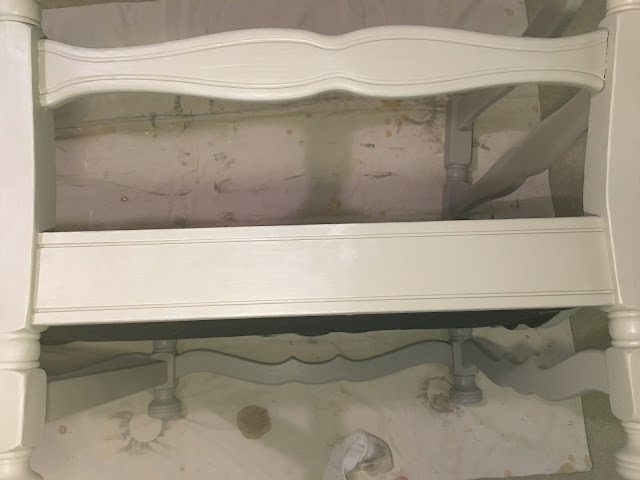First... Thanks everyone! I am so excited to have just passed 20,000 page views!
Remember those cushions I used for my Restoration Hardware Inspired Antique Daybed? Our family friend gets new cushions for her couch every six months and gives away the barely used ones. I decided to repurpose these down-wrapped cushions with internal springs (Hancock & Moore - lux!) into floor cushions. My mother actually did this a while ago and put them in the playroom where my brothers love to sit on them while they play video games.
These cushions are 30 x 30 x 4 so I needed about 3.5 yards of fabric for both cushions, allowing for 1/2 - 3/4 inch seams. I wanted to do a solid color piping so I just used some white fabric I had around for all 14 yards of piping.
Next it was time to pick fabric! I decided to go with something fun with the thought that I could easily replace the fabric down the road. Here's the fabric I ended up with from Hancock Fabrics (with sale/coupons it was <$18 for 4 yards!) I got the last bit of fabric off the bolt so i just took the extra 1/2 yard and figured I could make throw pillows or something out of it. It also happens to perfectly coordinate with my Beachy Glam Chest Makeover!
Next I cut my pieces. I like to make little diagrams of how things will be laid out so I know how much fabric I will need (make sure you have the right bolt width! i.e. 45 vs 56 vs 60, etc. and don't forget to allow extra for piping if you are doing it). If you are new to making cushions here is a little diagram of the pieces I needed. If you are not putting a zipper in, then you would lengthen the long skinny pieces and scrap the 7x31 pieces. Because I chose a lighter colored fabric, a zipper was a must for easy washing!
Here's the piping all sewn on. I'm not an expert sewer yet so it took me about 2 hrs to sew the piping to the top and bottom pieces (for 2 cushions), on top of the 2ish hours to make the piping itself, so it's not a super quick step but I think it really classes it up and it's worth the time.
Note: The seam on my piping is not all perfectly the same but it doesn't really matter since it won't be seen. When I attached the piping I was very careful to make sure that the piping was running along the same point in the pattern on the fabric because any deviation is more easily seen on a patterned fabric like this one.
Next it was time to make the zippered panel. Because my cushions are fat and not very bendable I made this panel to wrap around the adjacent sides by about 2.5 inches so they could be taken off and on more easily (check out any couch cushion and you will find that this is a common thing). If my cushions were just something like polyfil I wouldn't bother wrapping the zipper.
I used zipper tape which is bought by the yard for custom sizing. I got mine at an upholstery shop but many fabric stores should have it too. I chose to do a hidden zipper and tried my best to do a good match of the pattern.
I attached the side panels to the top piped piece and then pinned the bottom piped piece to it. Pinning is crucial! I did one without pinning and ended up having to take it apart and redo it because I ended up with a gap. It takes a bit of time but do it! Start with the corners and stick a pin in every 6ish inches.
After sewing all around the cushion (try to stay tight to the piping with your seam - it looks cleaner) it was time to flip it right side out and put them on the cushions!
I attached the side panels to the top piped piece and then pinned the bottom piped piece to it. Pinning is crucial! I did one without pinning and ended up having to take it apart and redo it because I ended up with a gap. It takes a bit of time but do it! Start with the corners and stick a pin in every 6ish inches.
After sewing all around the cushion (try to stay tight to the piping with your seam - it looks cleaner) it was time to flip it right side out and put them on the cushions!
Here is some inspiration courtesy of Ballard if you are having a hard time picturing a fabric on a cushion (I snapped pics from their catalog so my apologies for picture quality):
Thanks for reading! Please subscribe up on the right for emails about new posts!








































